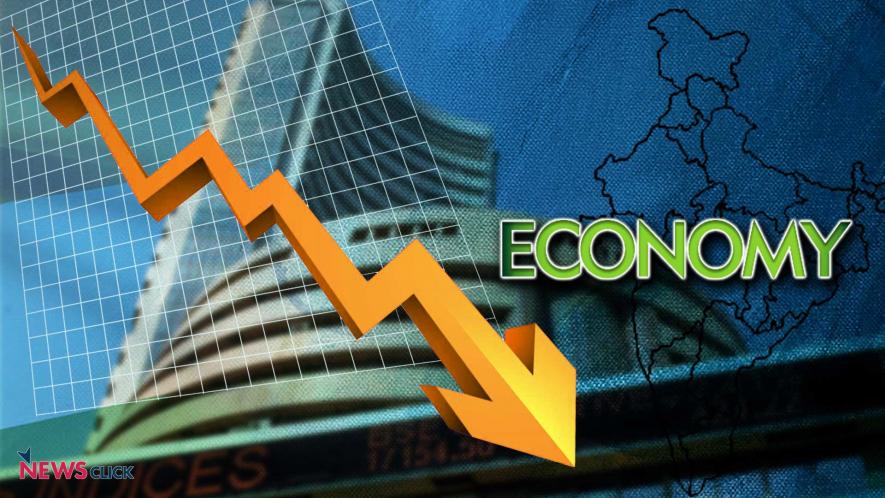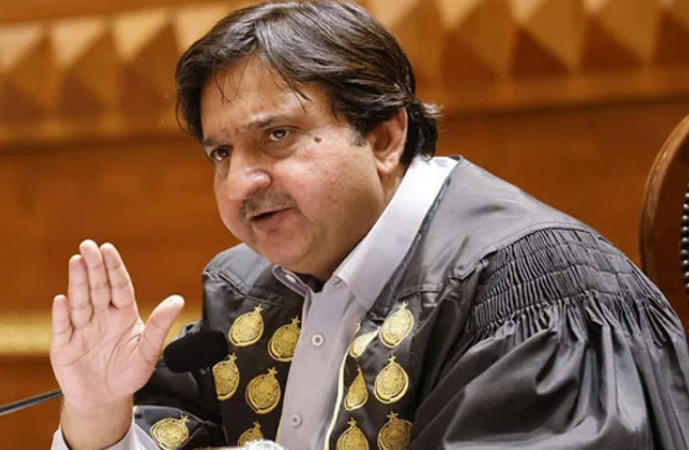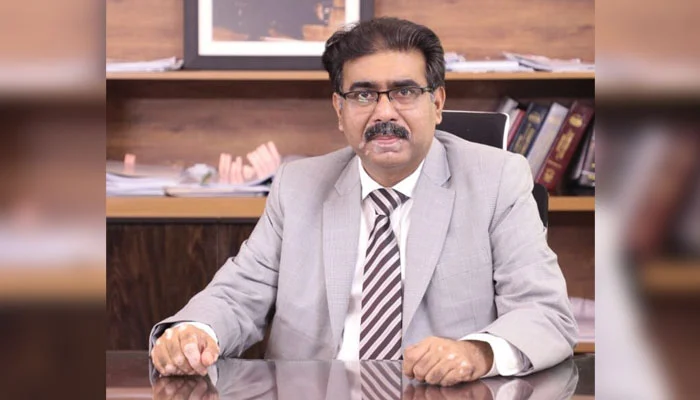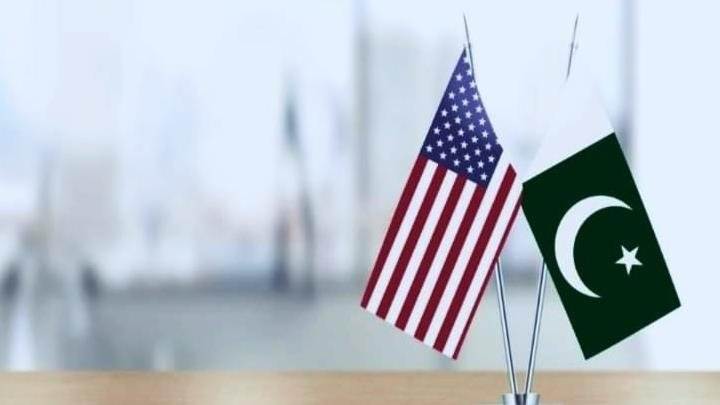Zafar Alil
The December 2024 Economic Update and Outlook, recently published on the Finance Division’s website, paints an optimistic picture of Pakistan’s economic landscape. It highlights several positive developments, such as a slowdown in Consumer Price Index (CPI) inflation, stable food prices, fiscal consolidation resulting in a surplus, a current account surplus bolstered by rising exports and remittances, and an accommodative monetary policy. While these points may appear promising on the surface, a deeper look reveals underlying issues that suggest the country’s economic recovery may not be as robust as claimed.
The report begins by noting a deceleration in inflation, citing the slowdown in CPI inflation as a key sign of economic improvement. However, this view overlooks the more nuanced reality. While inflation has eased, there are still significant price hikes in essential items. For instance, the Sensitive Price Index (SPI) increased by 0.8 percent in the week ending December 26, with notable price jumps in tomatoes (up 20.75%), sugar (up 2.19%), and vegetable ghee (up 1.17%). These are vital consumer goods, and such increases are bound to affect daily living expenses for the average Pakistani.
Despite the official inflation rate showing some decline, it remains evident that the purchasing power of ordinary citizens continues to erode. The stagnation of wages in the private sector — which makes up 93 percent of Pakistan’s workforce — exacerbates the situation. For the fourth consecutive year, workers have faced little to no wage growth, and this stagnation renders the so-called inflation relief largely irrelevant to those struggling to meet basic needs.
The government’s claim that the economic situation is improving doesn’t resonate with the public when they are still grappling with stagnant wages and rising costs of essential goods. While inflation may be slowing down, it has not led to tangible improvements in the financial well-being of the majority of the population.
The government’s assertion of successful fiscal consolidation is another area that deserves scrutiny. The Finance Division claims that fiscal consolidation has led to a fiscal surplus, but this claim is highly debatable when we consider the ongoing struggles of the Federal Board of Revenue (FBR) to meet its tax collection targets. The FBR is projected to fall short of its revenue target by a significant Rs 350 billion in the first half of the fiscal year. Despite the repeated issuance of notices and threats to deal with tax evaders, the government’s approach has done little to address the underlying structural issues in the tax system.
In particular, the lack of action against large-scale industrial associations that regularly collude to manipulate supply and control prices continues to undermine fiscal consolidation efforts. These associations, many of which operate in key manufacturing sectors, benefit from fiscal and monetary incentives while consumers bear the brunt of inflated prices. Unless the Competition Commission of Pakistan is given the necessary power to tackle these monopolies, fiscal consolidation will remain a distant goal.
Furthermore, while the government has promised to clamp down on tax evaders — pointing to 190,000 such individuals — it must also acknowledge the fact that many industrial units have already moved their operations abroad due to Pakistan’s high tariffs and the region’s most expensive policy rate of 13%. Though the policy rate has been eased from a peak of 22%, the damage to the economy has already been done, with businesses relocating to more favorable economic environments.
Current Account Surplus: A Temporary Boost Fueled by Remittances
One of the most notable aspects of the report is the claim of a current account surplus, which is said to be supported by a rise in remittances and an increase in exports. While the rise in remittances — up 34% between July and November 2024 — is undoubtedly a positive development, it is important to recognize that this surplus is primarily driven by these remittances rather than by a fundamental improvement in the export sector.
Exports have seen a modest increase of $919 million, but this is overshadowed by the $1.77 billion rise in imports. This imbalance reveals a troubling reliance on remittances to balance the current account, which is not a sustainable long-term solution for the economy. The true test of economic stability lies in developing a self-sustaining export sector, which remains a distant goal as Pakistan’s manufacturing sector struggles with high costs and inefficiencies.
Pl watch the video and subscribe to the YouTube channel of republicpolicy.com
Credit to the Private Sector: A Double-Edged Sword
The report also highlights a significant rise in credit to the private sector, which increased from Rs 141.3 billion between July and December 2023 to Rs 1,470 billion in the same period in 2024. While this appears to be a positive development, it raises important questions about where this credit is being allocated. The surge in credit, particularly between October and December 2024, likely flowed into speculative markets, including the stock market, rather than being channeled into productive economic activity.
Despite the massive increase in private sector credit, the country’s Large-Scale Manufacturing (LSM) sector remains in the negative, with a decline of 0.64% between July and October 2024. This suggests that the rise in credit has not translated into higher output or job creation, which is essential for sustainable economic growth. The stock market, while buoyant, is not a reliable indicator of overall economic prosperity if it is not backed by real growth in industrial output and employment opportunities.
The Structural Reforms That Never Arrive
Finally, the government’s repeated calls for structural reforms in key sectors — particularly the tax system, the power sector, and state-owned enterprises (SOEs) — remain just that: calls. Despite promises to address the inefficiencies in these areas, there has been little substantial progress. The power sector, for example, continues to face rising tariffs, although officials claim that these would have been even higher without some negotiated agreements with Independent Power Producers (IPPs). Similarly, the government has failed to achieve its tax collection targets, and SOEs continue to accumulate staggering losses — a situation that has persisted for nearly a decade.
The lack of meaningful reform in these critical areas continues to hinder Pakistan’s economic growth and undermines the government’s claims of fiscal and structural improvements. Until the government takes decisive action to reform these sectors, any talk of economic recovery will remain superficial.
The Gap Between Rhetoric and Reality
While the December 2024 Economic Update offers an optimistic view of Pakistan’s economic performance, the reality on the ground tells a different story. The positive indicators highlighted in the report, such as decelerating inflation and fiscal consolidation, are overshadowed by deeper structural issues that the government has failed to address. Inflation remains a significant burden on the population, fiscal consolidation is hindered by tax shortfalls and inefficiencies in revenue collection, and the current account surplus is largely dependent on remittances rather than a genuine export-driven recovery.
Unless the government takes concrete steps to address the underlying problems in key sectors like taxation, energy, and state-owned enterprises, the gap between rhetoric and reality will only continue to widen. The current economic outlook may appear optimistic on paper, but without substantial reforms and tangible improvements in the lives of ordinary citizens, it risks being nothing more than a hollow declaration.



